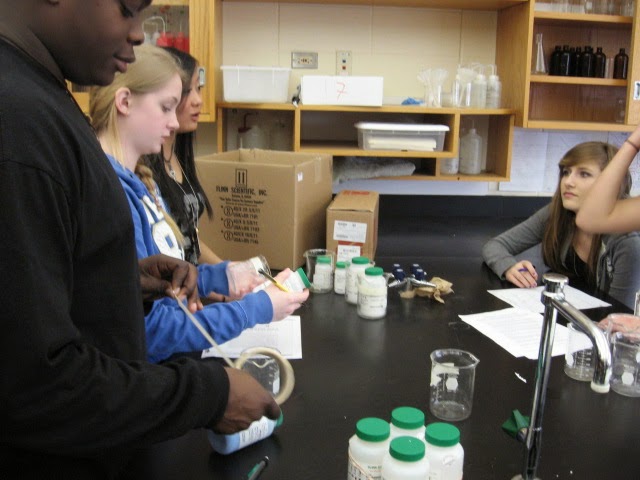Lost Opportunity
For over 20 years I have toiled in
the science classroom for the betterment of learning for all students. At the end of each fall semester I always get
a little melancholy when I start to compare student achievements that I witness
to what I would consider as essential
abilities and needed attributes.
The gap between this reality and my perception is what I call the “lost
opportunity”. This feeling that I have lost time or lost the opportunity to get my students to learn
burns inside me by the end of each semester. Even with all of the innovation, education
and experience that I possess, the reality is that it still bothers me that I
have missed benchmarks in achieving the level of student performance that I
feel they are all capable of reaching.
The situation is akin to making an
effort to redesign garden plots for plants, year-after-year, when struggling to
enhance productivity and output. But in
reality, advancement in the quality that is witnessed can take on many forms
and attributes. Experts in any field of
endeavor look closely at situations and realize there will always be particular
nuances, unique to any situation, that support the justification of their
efforts to gain productivity and quality of outcomes.
Education is a product of both the
mind and of the soul of people. Greater
autonomy, self-reliance, commitment to excellence and cooperation with peers
helps to describe the essence of who we are and what we are willing to believe
in. These attributes, forged through this learning process, are the hallmark of
what makes great learners and great citizens.
Gaps in achievement with respect to these personal qualities will
negatively affect the quality of life.
Therefore as a teacher, I look at my students and I see “lives of
opportunity” that await them and I have a strong compassion to reach out to them with a sense
of urgency.
The relentless pursuit of
betterment in how we educate our kids, relies upon innovation that is brought
forth by teachers to create learning environments that not only meet the needs
of students, but also provide an impetus galvanizing their intrinsic motivation
to learn. If learning requires students
to solve relevant problems in their community or their homes, then it will also
require students to become more engaged and committed in school and see their
efforts through to completion. This
helps to develop the self-efficacy that lies within each student. This wealth
of youthful energy and ideas can be an important resource for communities of
people in school or within the community at large. This is the challenge that schools
face as they deliver an education for the betterment of kids. Teachers continue
to build upon these efforts and help to foster loving and loveable people within
a good society.






.JPG)

.JPG)





Education in the 21st century demands the development of personal attributes such as cooperation, openness to new ideas, commitment, critical thinking and creativity. Competition for grades, in the high school science classroom, works against the development of these needed attributes.